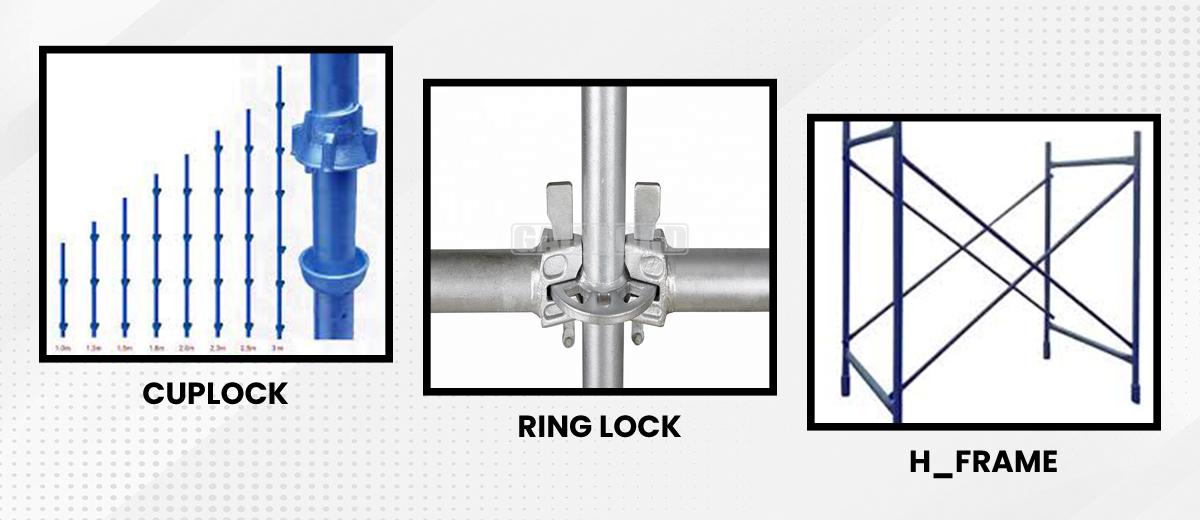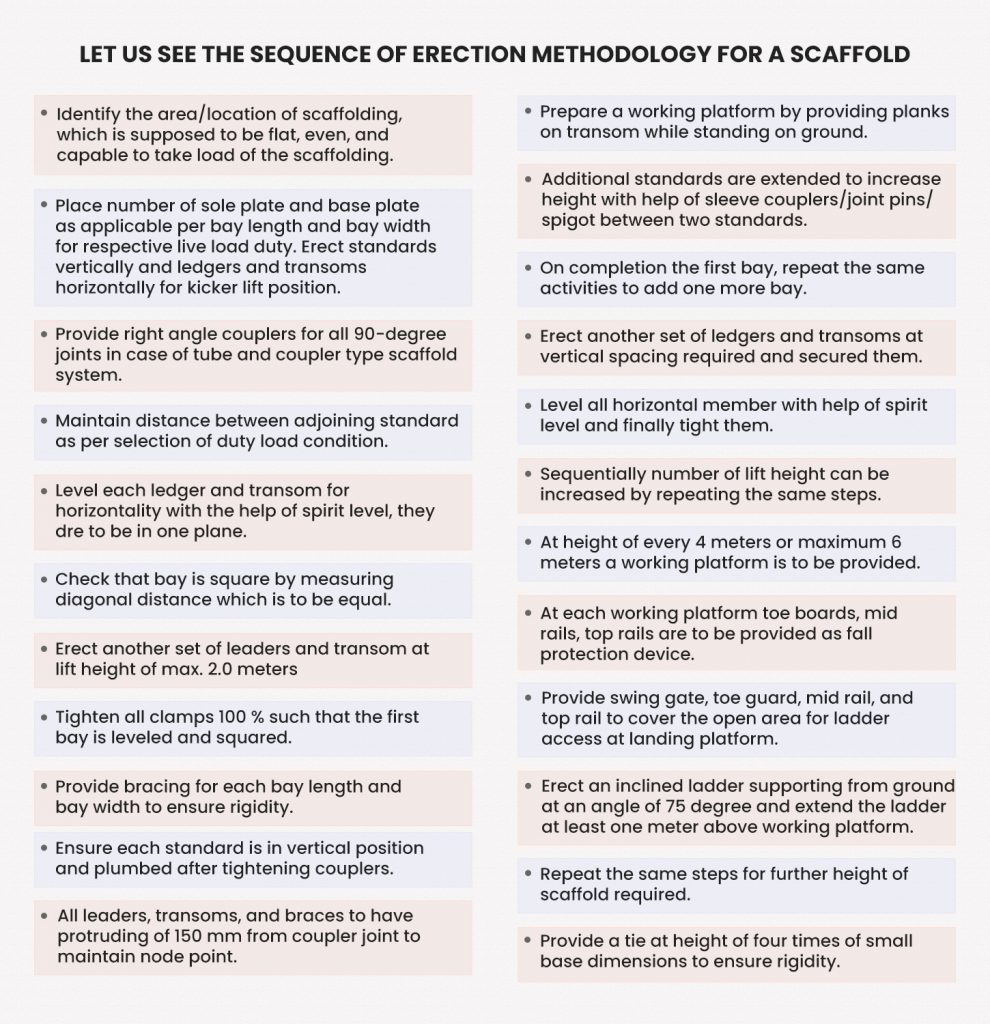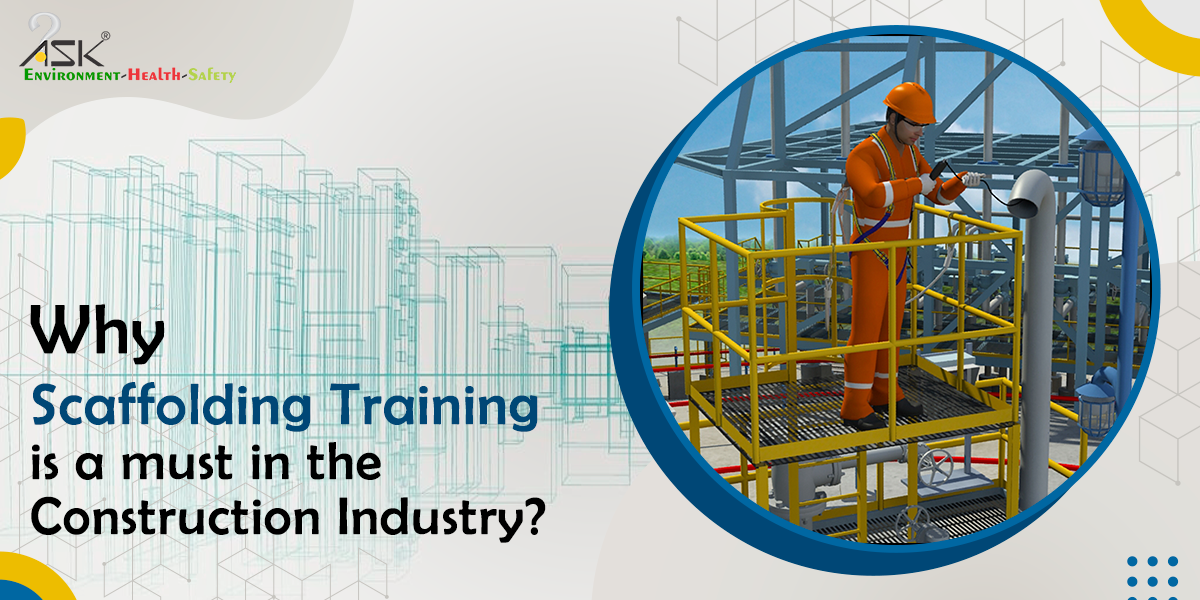Scaffolding: The Perks of Scaffold Management System

A scaffold is a temporary structure to provide a safe and stable working platform to work at height. Scaffolds are commonly used for construction, manufacturing including maintenance activities. A scaffold consists of components like base plates, pipes, guard rails, toe boards, different types of couplers, ladders, and planks etc. and need a sequential methodology for its safe erection. The scaffolding management system includes activities like erection, alternation, or dismantling.
For Scaffold Management System there are mainly four types of scaffold systems used worldwide. They are plain pipes and couplers, prefabricated modular system scaffolding like Cup lock, Ring lock, and H-frame etc. Scaffold being a temporary structure has inherent high hazards for manpower team mainly scaffold erectors and dismantlers. The personnel working on scaffolds get exposed to high risk and hazards as they work on scaffolds without ladder, guardrails, and partial planked platform.

Before commencement of scaffolding execution, some of the important points to be taken into consideration are reviewing of work permit system, worker competency level and certification qualifying a scaffold team member, scaffold access and exit, fall arrest and fall protection systems etc. A risk assessment is to be carried out to ensure that workers and other people are not exposed to any health and safety risks. It is to be ensured that the workplace area where scaffold is to be erected is safe, and safety of vehicles and pedestrians’ movement. Check for wind velocity and other environment condition are within acceptable limit. Identify the scaffold maximum live load, dead loads, and access requirements.
Scaffold erection methodology
The sequence of scaffold erection requires to be planned and followed for each type of scaffold to be constructed.
The sequence of safe erection of a scaffold includes preparing the base for the scaffold, install sole boards and baseplate, erect the vertical, horizontal, provide reinforcement with bracing and ties, and provide adequate access to work platforms with the help of a proper ladder.

Each scaffold to be used for the intended load. Required fall protection to be in place so that fall of person and materials can be avoided. Necessary scaffold stability to be achieved by tying the scaffold to a supporting structure. Scaffolding has a variety of applications. It is used in construction, routine maintenance, and renovation activities. Sequential erection methodology of scaffold system offers a safer and more comfortable work arrangement. Suitable and properly erected and maintained scaffolding provide workers safe access to work locations, levelled and stable working platforms.


